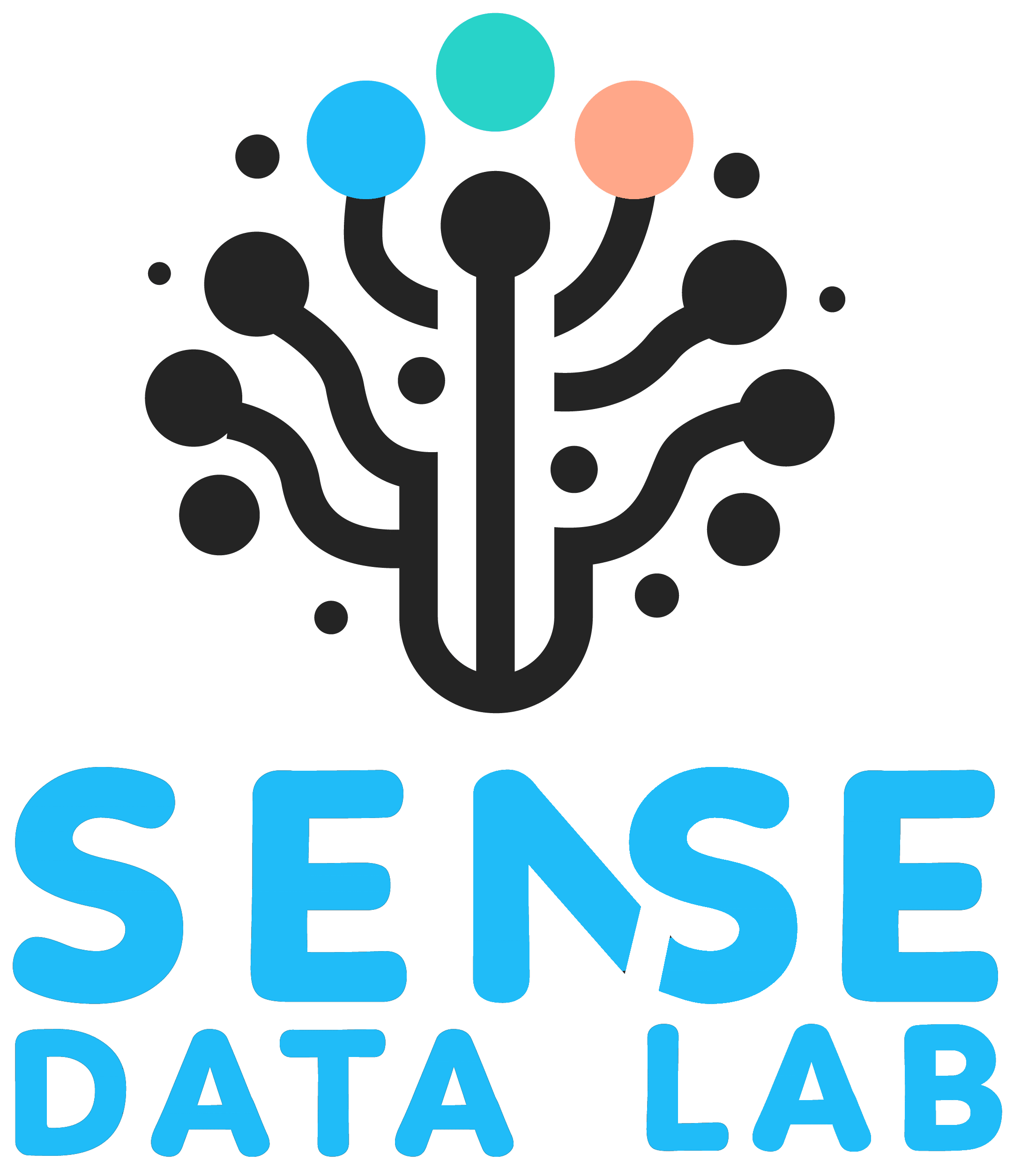You may have heard people discussing how they need to “tag up” certain parts of a website though beyond figuring out that this refers to some form of tracking understanding how it all works can be confusing, particularly when you a being bombarded with technical jargon left right and center. To understand tags we need to discover what a tag essentially is, how it works and what the benefits of using tags are.
So what exactly is a tracking tag?
A tag is made out of a piece of javascript code. Javascript is a dynamic programming language that is mainly used for making your webpage interactive, for example creating your drop down menus or moving images or interactive buttons, there are many different uses for this language.
For analytics purposes this language can be used to track and discover lots of different things about your current and prospective users and customers such as:
- Tracking user behaviours across websites e.g. button clicks, how the customer progressed through to the website (also known as customer path), if they watched videos, product clicks and views etc.
- Providing customer profile information and
- Helping you discover (amongst other things) how customers have accessed certain things and where they came from, e.g. browser information, time they arrived even down what the weather was like at the time!
How do tags work?
Essentially tags are just a set of instructions that will tell a users browser to send specific data back to a data collection server, this could be Google Analytics.
To take a very basic example: you want to know how many times your page has been viewed so you create and place a specific tag on your homepage to track this activity.
When a new user comes your homepage the first thing that will happen is that the browser he is using will ping the server where your website is stored, it will then retrieve this website and load on your screen, as the page loads it will execute this tag that you have placed on your webpage.
The tag has a certain set of instructions, which is, to send data back to your analytics platform that a page view has occurred. The data collection server will then send a cookie back to the user assigning him/her a unique ID so that it may (amongst other things) identify this person when he comes back to your website.
Why should we you use tracking tags?
Tags can give you a fuller picture of who your customers are and ultimately help you make a decision on how to more effectively communicate with them to increase sales and create efficiencies. To give a few examples this might be:
- You may wish to test out customer interest on products and services before putting them into production
- To regain lost sales opportunities e.g. to remarket to customers who have abandoned their shopping carts
- To understand how to more effectively structure your website to convert your prospects by understanding which parts are getting the most/least attention
- To streamline internal functions and understand employee interactions on internal systems
- To understand conversion funnel drop offs customer journeys through your website
- Understand the effectiveness of marketing channels though conversion tracking
- To see what keywords are most used when searching your site
- To understand top performing products and make pricing decisions e.g. if one product is getting a lot of views and no conversions perhaps it is because its too expensive
There are so many ways that tags can be utilised to allow you to make more effective data driven decisions for your business. We are moving out of an age where businesses are blind to customer behaviours and rely purely on sales information and into an age where we can see use rich behavioural data to get a better idea of who our customers are

Recent Comments